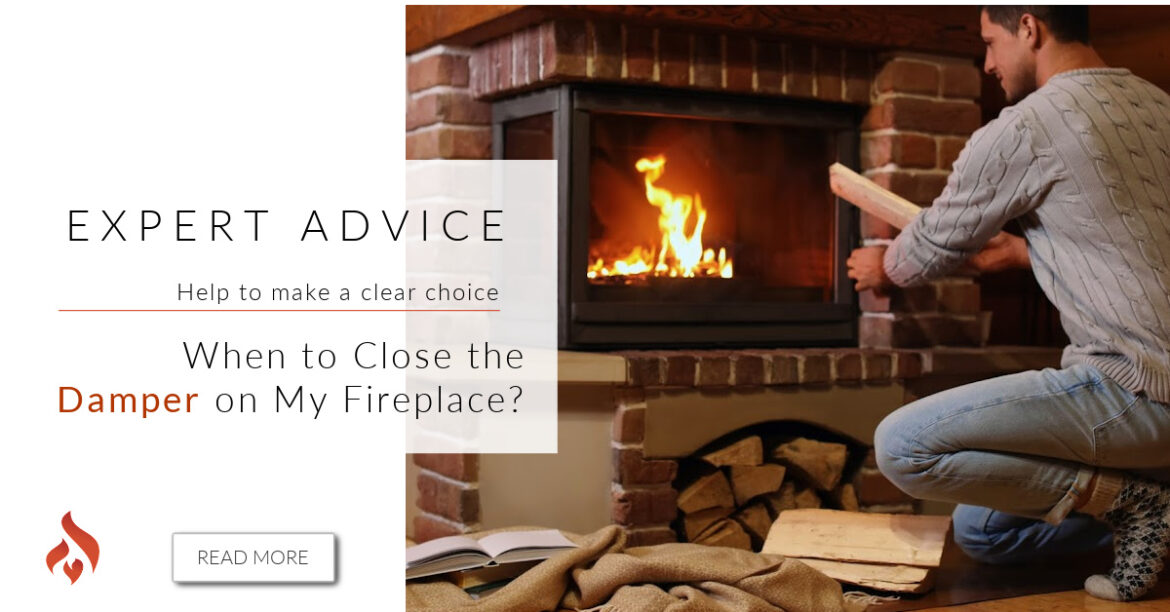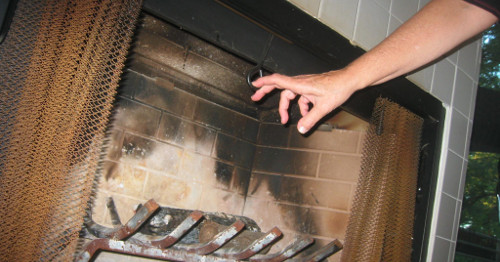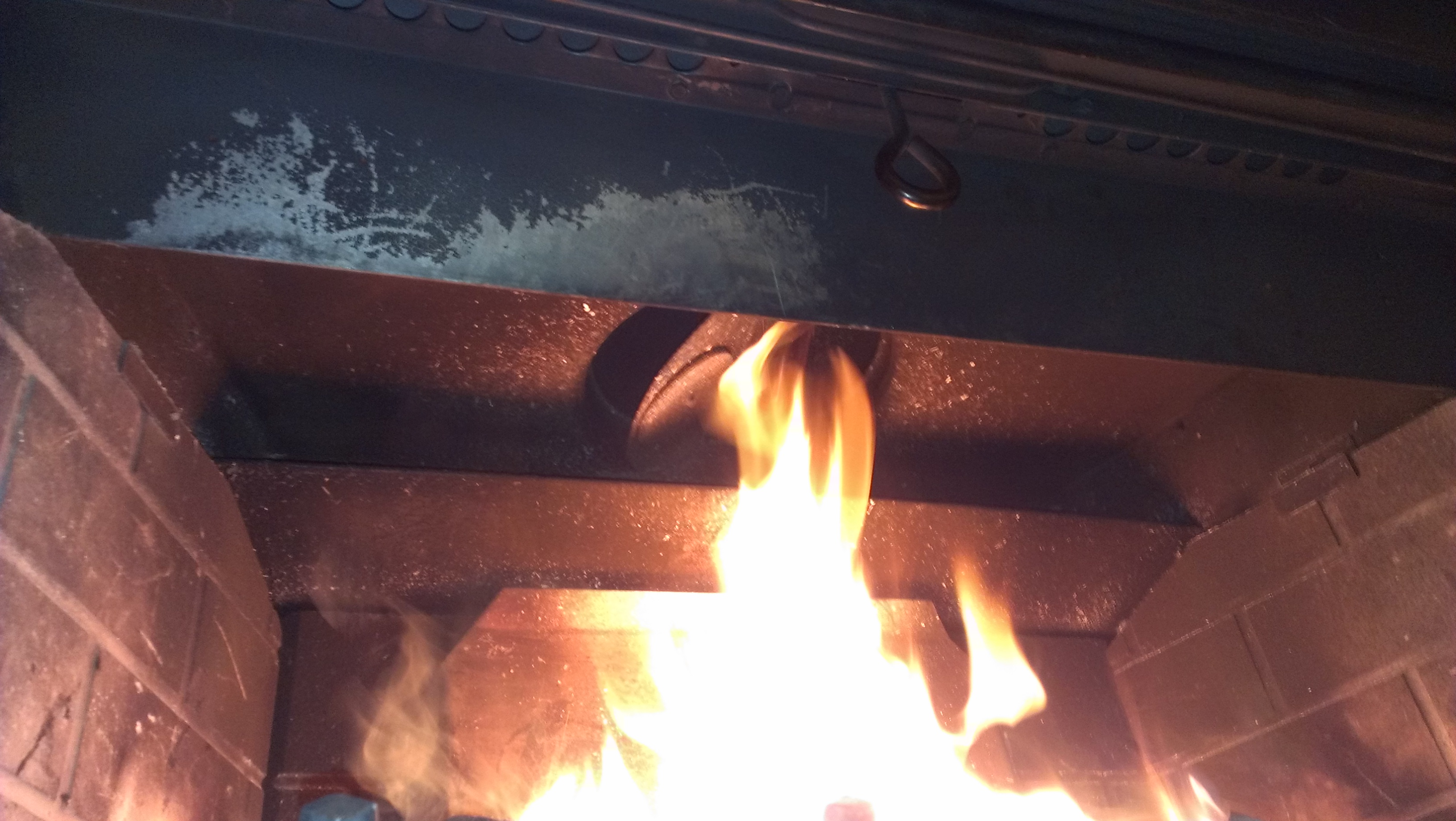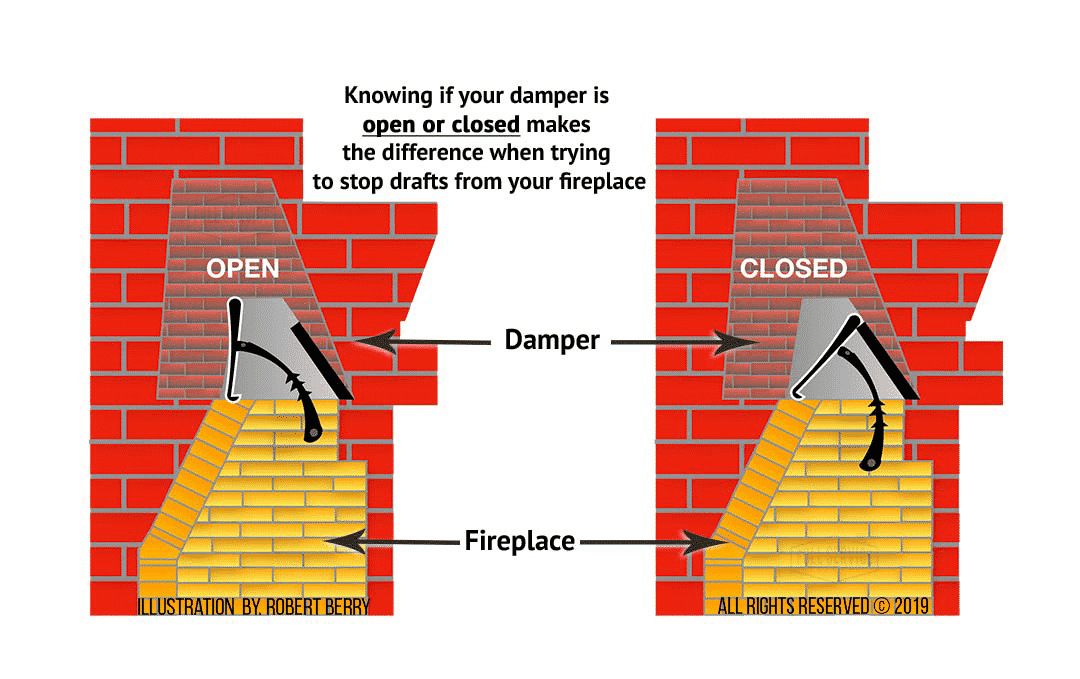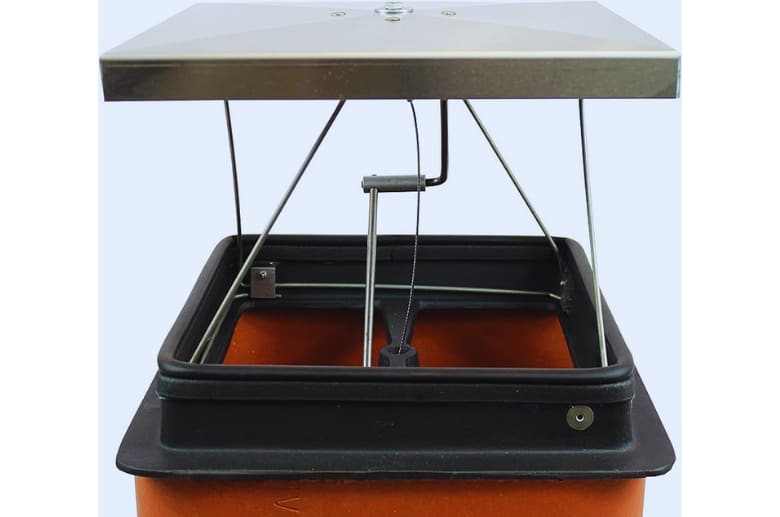How To Open Damper On Fireplace
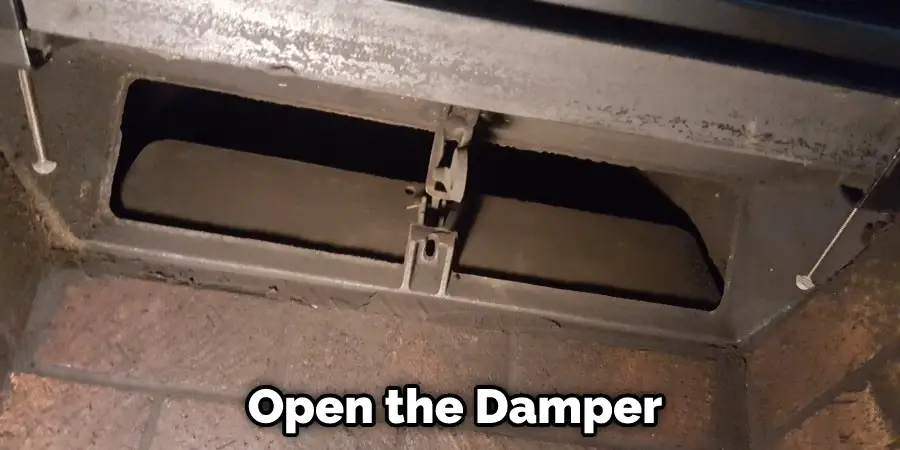
For homeowners with traditional fireplaces, understanding the damper is crucial for both safety and efficiency. The damper, essentially a metal plate inside the chimney, controls airflow, preventing heat loss when the fireplace isn't in use and allowing smoke to escape when it is. Knowing how to open and close your fireplace damper correctly is essential for preventing costly energy bills and potential fire hazards. This guide will walk you through the process, common issues, and important safety considerations.
Identifying Your Fireplace Damper
Before you can open your fireplace damper, you need to locate it. The damper is typically found just above the firebox, inside the chimney flue. There are two primary types of dampers:
- Throat Dampers: These are the most common type and are located directly above the firebox. They are usually operated by a lever, handle, or chain that extends into the firebox.
- Top-Mount Dampers (also called Chimney Top Dampers): These dampers are installed at the top of the chimney and seal the entire flue. They are generally operated by a chain that hangs down into the firebox or a mechanism located outside the fireplace. These dampers are often more energy-efficient than throat dampers, as they create a tighter seal.
Look closely inside your fireplace. Can you see a metal plate that appears to block the flue? Can you identify a lever, handle, or chain? This will help you determine the type of damper you have and how to operate it.
How to Open a Throat Damper
Opening a throat damper is usually a straightforward process:
- Locate the Lever or Handle: Look for a metal lever or handle extending into the firebox, usually on one side of the opening.
- Move the Lever: The lever typically pivots or slides. Experiment with its movement. Often, pushing or pulling the lever will open or close the damper. You should be able to feel and possibly see the metal plate inside the flue move.
- Check for Obstructions: Before assuming the damper is open, look up into the chimney flue with a flashlight. You should see daylight if the damper is fully open. If you see obstructions like bird nests or debris, do not force the damper open. This could damage the damper or create a fire hazard. Contact a professional chimney sweep for inspection and cleaning.
- Ensure Full Opening: Make sure the damper is fully open before starting a fire. A partially closed damper can restrict airflow, causing smoke to back up into the room and increasing the risk of carbon monoxide poisoning.
How to Open a Top-Mount Damper
Top-mount dampers offer improved energy efficiency but require a slightly different opening procedure:
- Locate the Chain: A chain usually hangs down from the top of the fireplace into the firebox.
- Pull the Chain Downward: Pulling the chain downward typically opens the damper. You may hear a click or feel the damper release.
- Verify the Damper is Open: Visually inspect the chain mechanism. Some top-mount dampers have a locking mechanism that requires a specific manipulation of the chain to ensure the damper stays open.
- Check for Obstructions: As with throat dampers, use a flashlight to inspect the chimney flue for obstructions before starting a fire.
Troubleshooting a Stuck Damper
Sometimes, dampers can become stuck due to rust, debris, or disuse. Here are some tips for troubleshooting a stuck damper:
- Apply Lubricant: If the damper is stiff, try applying a lubricant like WD-40 to the moving parts of the lever or chain mechanism. Allow the lubricant to penetrate for a few minutes before attempting to move the damper again.
- Gently Wiggle the Lever: Avoid forcing the lever, as this could damage the damper. Instead, gently wiggle it back and forth to try to loosen any rust or debris.
- Use a Poker or Tongs: If you can see debris obstructing the damper, carefully use a poker or tongs to try to remove it.
- Call a Professional: If you are unable to open the damper after trying these steps, it's best to call a professional chimney sweep. They have the tools and expertise to safely remove obstructions and repair or replace damaged dampers.
Safety Considerations
Always prioritize safety when using your fireplace and damper:
- Carbon Monoxide Detectors: Install carbon monoxide detectors on every level of your home, especially near sleeping areas. Test them regularly to ensure they are working properly.
- Open the Damper Fully: Never start a fire without ensuring the damper is fully open. A partially closed damper can cause smoke to back up into the room, leading to carbon monoxide poisoning.
- Annual Inspections: Have your chimney and fireplace inspected annually by a qualified chimney sweep. They can identify potential hazards, such as cracks in the chimney liner or creosote buildup, and ensure your fireplace is operating safely.
- Clean the Chimney Regularly: Creosote, a flammable byproduct of burning wood, can build up in the chimney flue. Regular cleaning by a professional chimney sweep is essential to prevent chimney fires.
- Use Seasoned Wood: Burn only dry, seasoned wood. Wet or green wood produces more smoke and creosote, increasing the risk of chimney fires.
- Never Leave a Fire Unattended: Never leave a fire unattended, and make sure it is completely extinguished before going to bed or leaving the house.
Fireplace Damper Replacement and Repair
If your damper is damaged or beyond repair, it may need to be replaced. Here are some considerations:
- Professional Installation: Damper replacement is best left to professionals. A qualified chimney sweep can ensure the new damper is installed correctly and safely.
- Type of Damper: Consider upgrading to a top-mount damper for improved energy efficiency. While they may be more expensive upfront, they can save you money on heating bills in the long run.
- Material: Dampers are typically made of cast iron or stainless steel. Stainless steel dampers are more resistant to rust and corrosion and may be a better choice for longevity.
HVAC System Considerations
While this guide focuses on fireplace dampers, it's important to consider your entire HVAC system for optimal home comfort and energy efficiency. Here's a brief overview of HVAC considerations relevant to homeowners:
Furnace Options
If you're considering replacing your furnace, look for models with high AFUE (Annual Fuel Utilization Efficiency) ratings. AFUE measures how efficiently a furnace converts fuel to heat. The higher the AFUE, the more efficient the furnace. Popular brands like Carrier, Trane, and Lennox offer furnaces with AFUE ratings ranging from 80% to over 97%. For example, the Carrier Infinity 98 boasts an AFUE of up to 98.5%.
Air Conditioner Options
When choosing an air conditioner, pay attention to the SEER (Seasonal Energy Efficiency Ratio) rating. SEER measures the cooling efficiency of an air conditioner. The higher the SEER, the more efficient the unit. Again, Carrier, Trane, and Lennox are popular choices. Look for models with a SEER rating of 16 or higher to maximize energy savings. The Trane XV20i is an example of a high-efficiency AC with a SEER rating of up to 20.
Heat Pump Options
Heat pumps provide both heating and cooling. When evaluating heat pumps, consider both the SEER rating for cooling efficiency and the HSPF (Heating Seasonal Performance Factor) rating for heating efficiency. The higher the HSPF, the more efficient the heat pump is at heating. Reputable brands like Mitsubishi Electric and Daikin are known for their high-performance heat pumps. The Mitsubishi Electric M-Series is a popular ductless mini-split system with excellent SEER and HSPF ratings. Some newer heat pumps are designed to work effectively even in very cold climates.
Warranties and Maintenance
Always check the warranty on your HVAC equipment. Most manufacturers offer a standard warranty on parts, but extended warranties may be available for added protection. Regular maintenance, such as changing air filters and scheduling annual tune-ups, is essential to keep your HVAC system running efficiently and extend its lifespan. Consider hiring a qualified HVAC technician for maintenance and repairs.
Conclusion
Understanding and properly operating your fireplace damper is essential for safety and energy efficiency. Regularly inspect and maintain your damper, and never hesitate to call a professional for assistance. By combining this knowledge with careful consideration of your entire HVAC system, you can ensure a comfortable and safe home environment.


